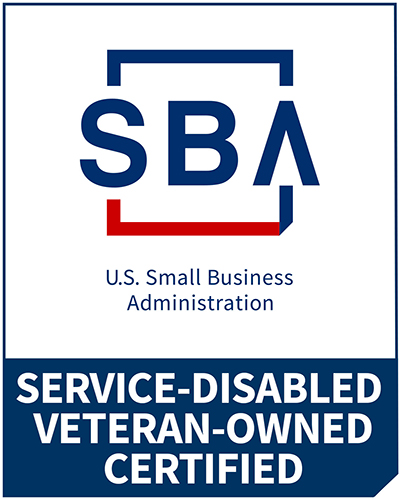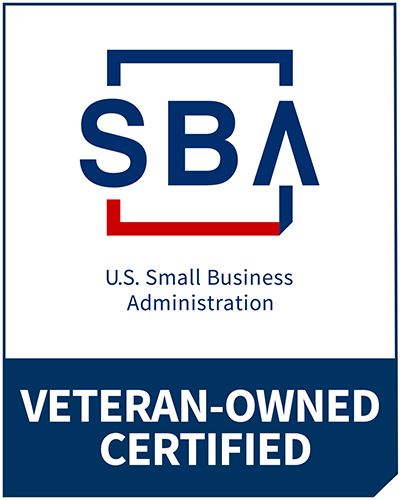Gallup’s latest report, How Millennials Want to Work and Live, states that millennials struggle to find good jobs that engage them. Only 29% of employed millennials reported they were engaged at work. This statistic should be important to leaders because employee engagement is at the heart of retaining good people. My research demonstrates employee engagement has the potential to significantly affect employee retention, productivity and loyalty; it is also a key link to customer satisfaction, company reputation and overall stakeholder value.
Employee engagement starts at the beginning with recruiting and onboarding. Hire the right people, get them integrated, and make sure they are committed from the get go. Here are five points to consider:
Hire superstars who are a great fit – Employers must understand what it means to match people with job demands, to match people with their coworkers, and to match them with the organization itself. With this knowledge, organizations can build compatibility between individuals and the work environment. Research shows that the better the fit, the better the performance. It has everything to do with employee happiness, health, and performance.
Fit with job demands – Many people are in jobs they loved two or three years ago. Now that they’ve learned the job, they want the next challenge, but the organization wants to keep them doing the current job. Matching people to jobs is about stretching their abilities, but not to the breaking point. Most millennial employees want a job that’s a little harder than they think they can do. If it’s too hard, they give up. If it’s too easy, they get bored. The leader has to keep a tab on where everyone is on that rubber band of goal efficacy.
Fit with coworkers – It’s important for people to understand their fit with a workgroup, but they don’t have to all be friends or buddies. There can be an oddball, as long as there’s a culture in place that values that person’s individuality. Others honorably recognize he’s quirky and value that quirkiness rather than ostracize it. To quote Jim Collins, it’s all about “getting the right people on the bus and in the right seat.” You’ve got to have fit with at least a few coworkers. We’re social creatures, and if we’ve got nobody for eight hours out of the day, we’re going to be miserable.
Fit with the organization – If there’s no fit with employees’ values and the organization’s values, it’s not going to work. People won’t contribute. Displayed organizational values are what you actually see in people’s behaviors. In this case, having no fit will certainly upset people. What you see every day is what people will react to. Millennial employees are drawn to organizations whose values resonate with the values they have. In fact, research shows that people who are more committed and satisfied in their jobs are less likely to leave when there is fit between their individual moral levels and the ethics of their organization.
Effective onboarding – What’s really effective is to make sure everything people need to begin their work life shows up on day one when they arrive. If people have a soft landing, you demonstrate that you’re paying attention and care enough to make them feel welcome. Anything less than that indicates you don’t care and they’re just another body for you. Whether it’s a soft landing or rough start, it sets the tone. Be proactive and reach out to newcomers before they arrive or as they arrive. It makes a positive impression. One of our colleagues was hired for a new job. When they walked him to his office, it was empty because the boss forgot to order his desk. What kind of impression does that make?
Now that you have the right millennial new hire, ensured the proper fit, and have successfully onboarded them into your organization, what’s next? Next week I’ll be back to discuss the next steps to ensure the highest possible levels of employee engagement. Stay tuned!



